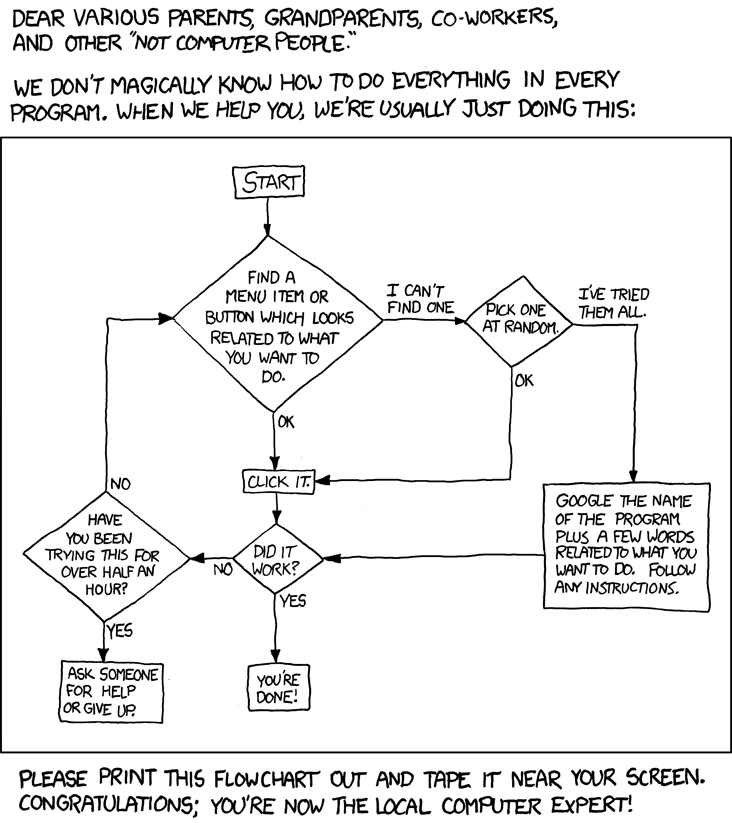The Read more ⇒
link at the bottom of many front page posts is a Blogger feature that Liz Castro alerted me to. I'll let you go to her page to read all the gory details, but if you use a third-party template be sure to read all the way through to my comment, which tells you how to activate the feature in your blog.
If you want it. I'm not entirely convinced it's useful, at least for a blog like this. True, it lets the casual reader see more articles in less space, but as my click logger quickly shows, most people don't look at this blog every day for the Pulitzer quality prose — they directly click to a a specific post (or maybe this one) because a search engine told them help was at hand. Those people never see the link, since they automatically see the whole post.
So tell me, mythical reader of my every word, does that little Read more ⇒
link do anything for you?









